Stories Category: Intensive Care
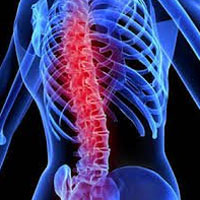
The Impact of Mean Arterial Pressure on Functional Outcome Post Trauma-Related Acute Spinal Cord Injury
Although no definitive conclusions could be reached based on the data collected, this study does give valuable insight into future avenues of research on the topic of hemodynamic management in traumatic ASCI as well as provides... read more
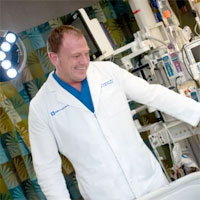
Dr. Paul Wischmeyer Brings Humanity To Medicine
Dr. Paul Wischmeyer's journey to becoming an internationally-renowned critical care and perioperative nutrition researcher and clinician began at the age of 15 when a bout of strep throat and a prescription for antibiotics... read more
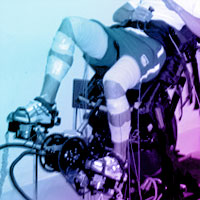
Effects of Physical Activity on Poststroke Cognitive Function
Despite the social, health, and economic burdens associated with cognitive impairment poststroke, there is considerable uncertainty about the types of interventions that might preserve or restore cognitive abilities. The... read more
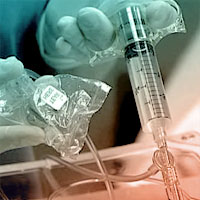
Intra-Abdominal Hypertension and Abdominal Compartment Syndrome
Intra-abdominal hypertension (IAH) and abdominal compartment syndrome are increasingly recognized in both medical and surgical critically ill patients and are predictive of death and the development of acute kidney injury.... read more

Intensive Care Syndrome: Promoting Independence and Return to Employment (InS:PIRE)
Many patients suffer significant physical, social and psychological problems in the months and years following critical care discharge. At present, there is minimal evidence of any effective interventions to support this... read more
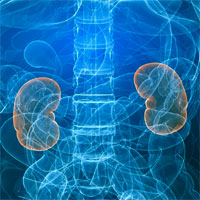
The 10 False Beliefs in Adult Critical Care Nephrology
Acute tubular necrosis (ATN), a histological pattern observed after ischemic insult, is considered the most frequent cause of any form of acute kidney injury (AKI) despite the absence of extensive histological data. This... read more
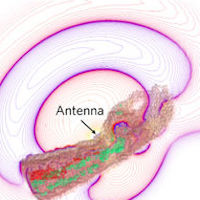
Easier Way to Measure Vital Signs
Cornell University researchers perfected a way to monitor vital signs that doesn’t require skin contact. Their technique relies on small radio frequency identification (RFID) sensors that can pick up heartbeats, chest movements... read more

Increase in antibiotic-resistant bacteria hinders treatment of kidney infections
Researchers use hospital emergency room data from around the country to document emergence of E. coli strain that fights medication. They recommend development of new antibiotics and treatment guidelines.... read more

Antibiotic Prescription Course
In July, The BMJ published an analysis article called "The Antibiotic Course has had it’s day" - a provocative title that turned out the garner a lot of debate on our site. The article said that the convention for the length... read more
Workup, Management, and Critical Sequelae of Burn Injuries
Richard Iuorio, MD speaks with Laura Johnson, MD, and Jim Reilly, MD, about the workup, management, and critical sequelae of burn injuries. Using a fictional burn case as an example, Dr. Johnson talks about airway considerations,... read more
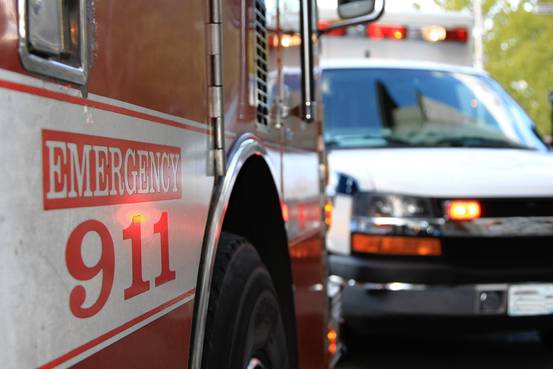
The Revolution in EMS Care
There's a revolution taking place in emergency medical services, and for many, it could be life changing. From the increasingly sophisticated equipment they carry and the new lifesaving techniques they use, to the changing... read more
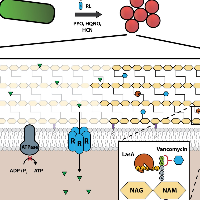
Pseudomonas aeruginosa exoproducts determine antibiotic efficacy against Staphylococcus aureus
Chronic coinfections of Staphylococcus aureus and Pseudomonas aeruginosa frequently fail to respond to antibiotic treatment, leading to significant patient morbidity and mortality. Currently, the impact of interspecies interaction... read more
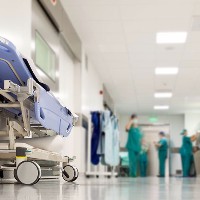
A tailored multicomponent program to reduce discomfort in critically ill patients
Critically ill patients are exposed to stressful conditions and experience several discomforts. The primary objective was to assess whether a tailored multicomponent program is effective for reducing self‑perceived discomfort.... read more

There are no wrong questions to ask in the ICU
A common confusion is differentiating between critical care and emergency medicine. Essentially, in emergency medicine, doctors and nurses stabilize patients and then transfer them to the appropriate area of the hospital,... read more
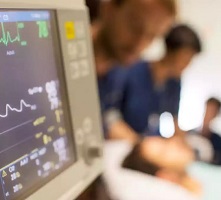
I help bring music to patients in intensive care
After my own experience in ICU, I became convinced of the therapeutic benefits of live music to those who are critically ill. Soothing acoustic music drifted through the clinical, high-tech ward. As the professional musician... read more
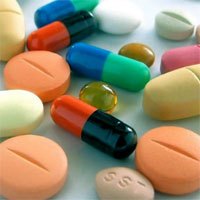
Prehospital Antibiotics in the Ambulance for Sepsis
Emergency medical services (EMS) personnel have already made substantial contributions to improving care for patients with time-dependent illnesses, such as trauma and myocardial infarction. Patients with sepsis could also... read more
What’s the Effective Antibiotic Dosing in Critically Ill Patients?
Mortality due to severe infections in the intensive care unit (ICU) remains high despite recent therapeutic advancements. It is believed that ICU pathogens are relatively different from those in the general wards as they... read more








